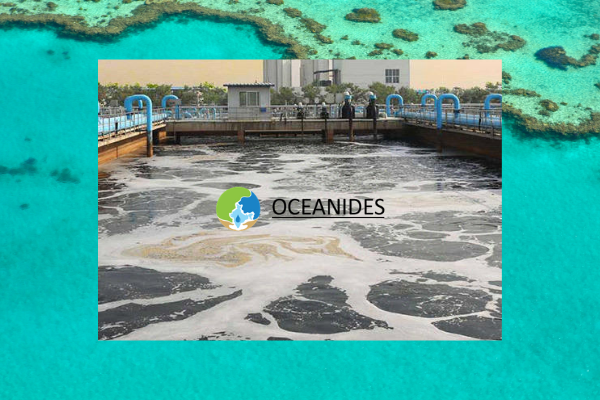What solutions can be considered to correct the issues?
Sewage treatment plants are installed by companies and smaller towns to solve their treatment issues. These plants are the great sewage treatment solutions as they are viable durable alternative to centralized sewage treatment facilities. The only thing is that when these systems are not maintained or operated in correct way, they create troubles for workers. In this article, experts will talk about common issues with STPs and the ways to fix them.
- Build up in the system leads to downstream equipment failure
Looking at the buildup you have to question yourself about primary treatment. Since screening is the initial step to be done in any wastewater treatment process, it helps in eliminating the large non-biodegradable and floating solids that frequently enter the work, such as paper, rags, plastic, containers, tin, and wood.
If you take the screening seriously, it will efficiently remove these materials and protect the downstream plant and equipment from any possible damage, pipe blockage, unnecessary wear and tear, and accumulation of unwanted material that may disturb the wastewater treatment process.
- The treated effluent is unable to meet total nitrogen (TN) targets
If you want to locate the issue, you must do analyses for ammonia, nitrate, and nitrite. This will help in understanding of the exact area you need to focus to make your plant complaint.
Generally high TN levels are the result of high ammonia or nitrate levels.
What to do if the ammonia or nitrate levels are high?
Removal of ammonia is a strictly aerobic biological process. You need to do following things if your plant contains high ammonia-
- Nitrification needs a long retention time
- Nitrification should be done only under aerobic conditions at dissolved O2 levels of more than 1.0 mg/L
- Less food to microorganism ratio
- Adequate pH buffering
- A high mean cell residence time
The experts use bacteria that live in a low-oxygen environment to reduce nitrate to nitrogen gas. It requires biochemical oxygen demand (BOD) – soluble (BOD). BOD has to be broken down into solution prior it is of value.
- The treated effluent is unable to meet biochemical oxygen demand targets
There are many reasons to miss the targets, such as – incomplete wastewater treatment due to overloading of organic, low oxygen concentration, physical short circuiting, low hydraulic detention time, high algae or sulfur bacteria growth, etc. Fix these issues and you will resolve the problem automatically.
There are more things to discuss about sewage treatment solutions. You can talk to experts and get acknowledgement regarding the subject.



